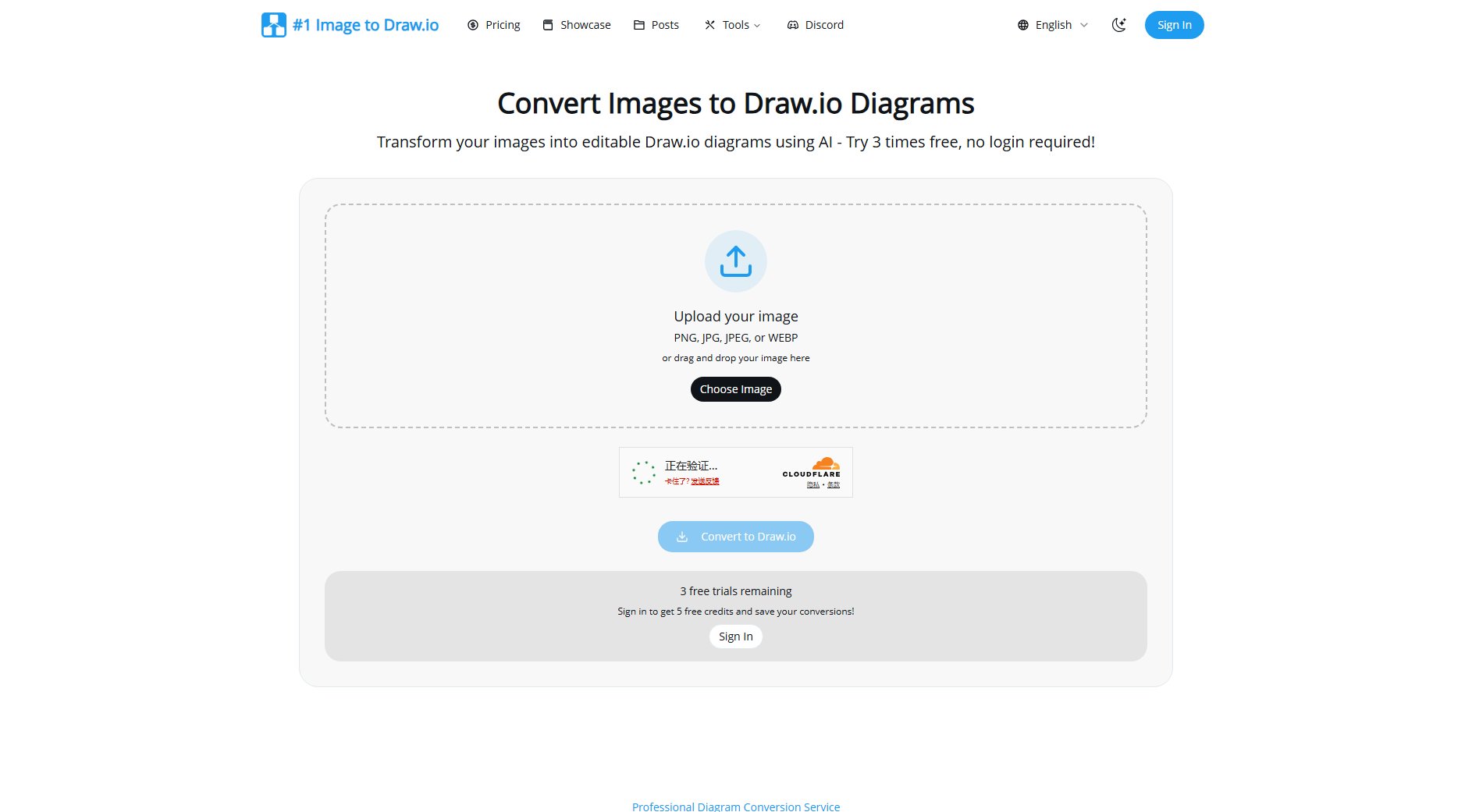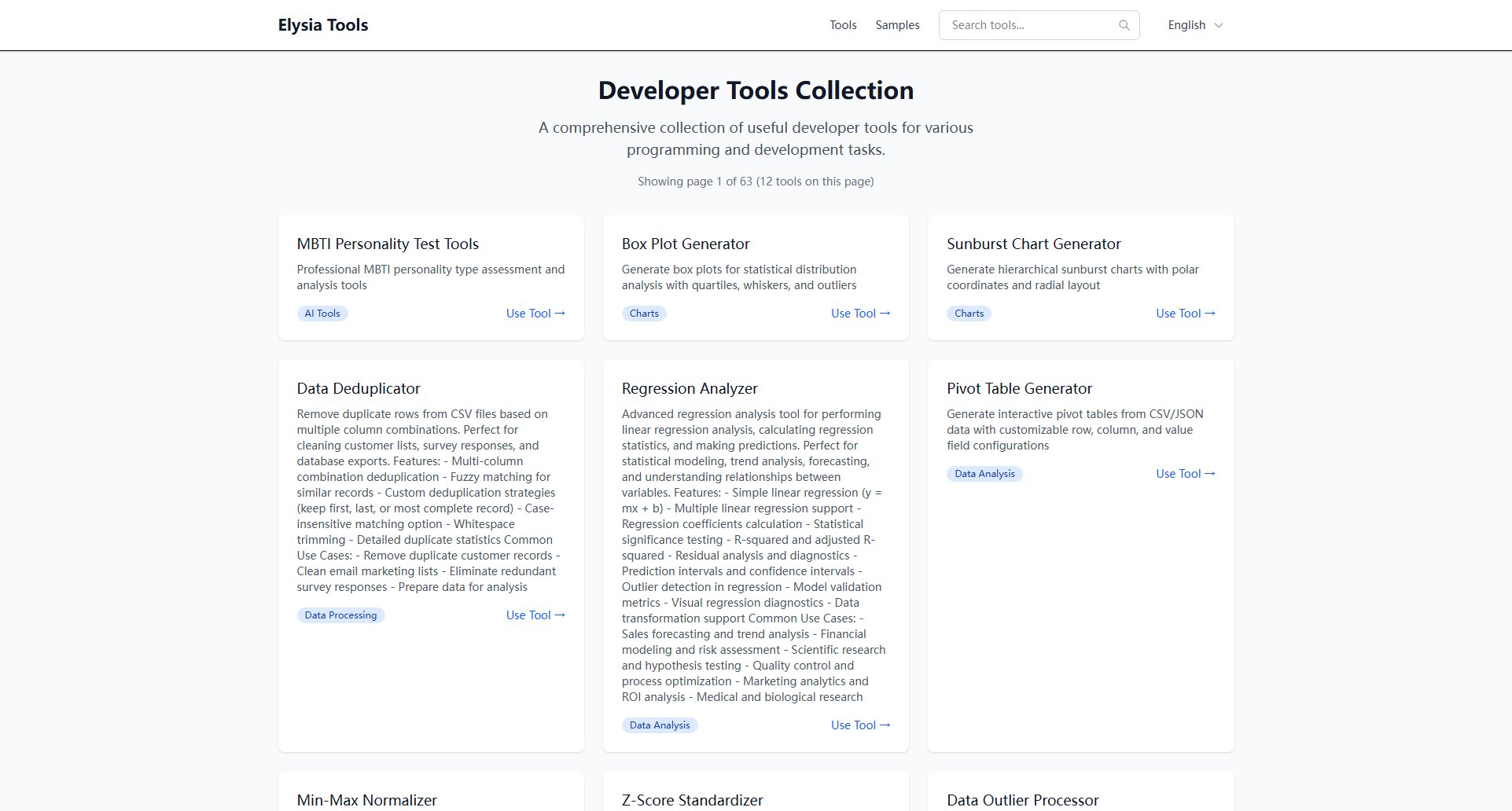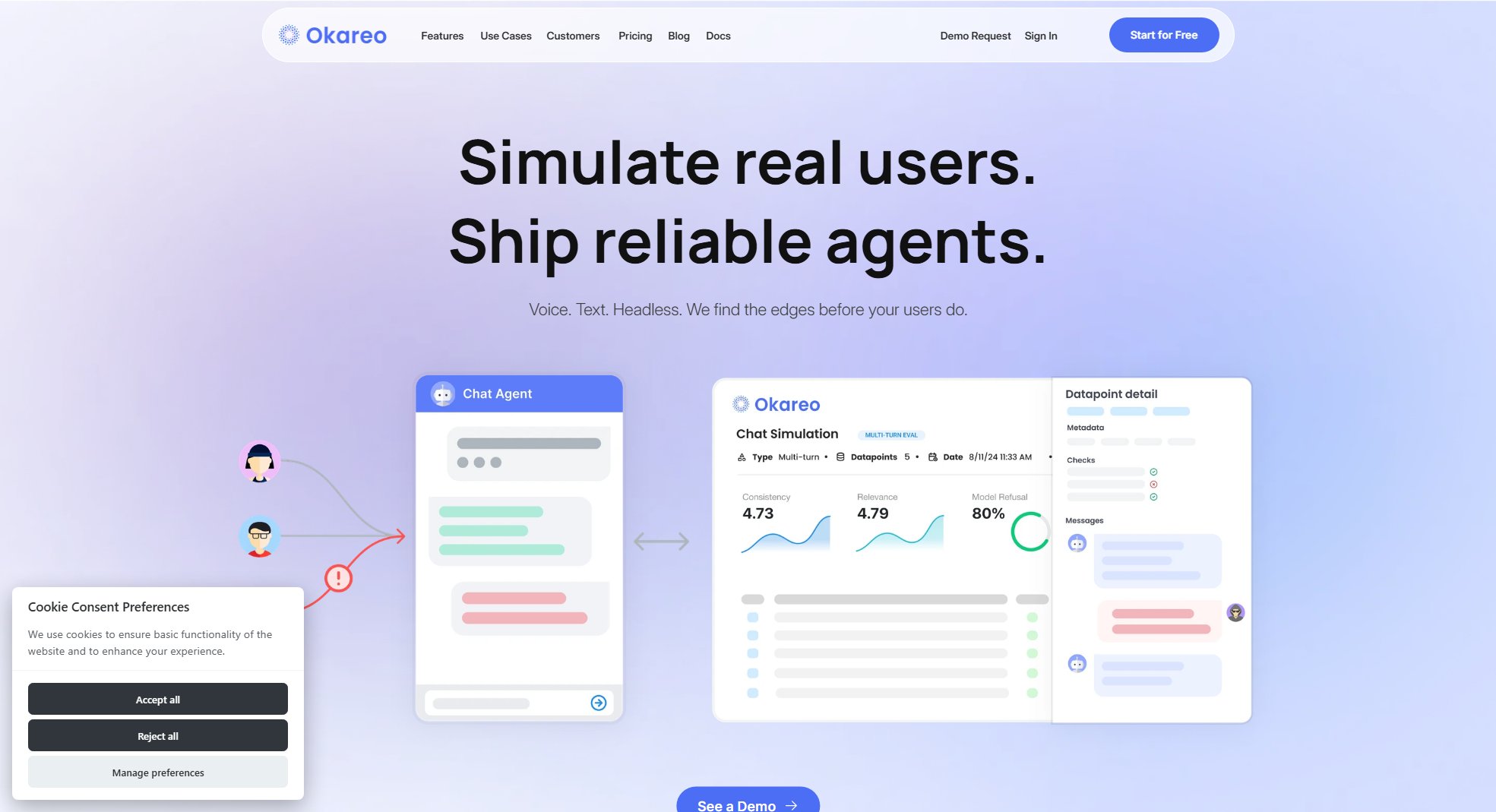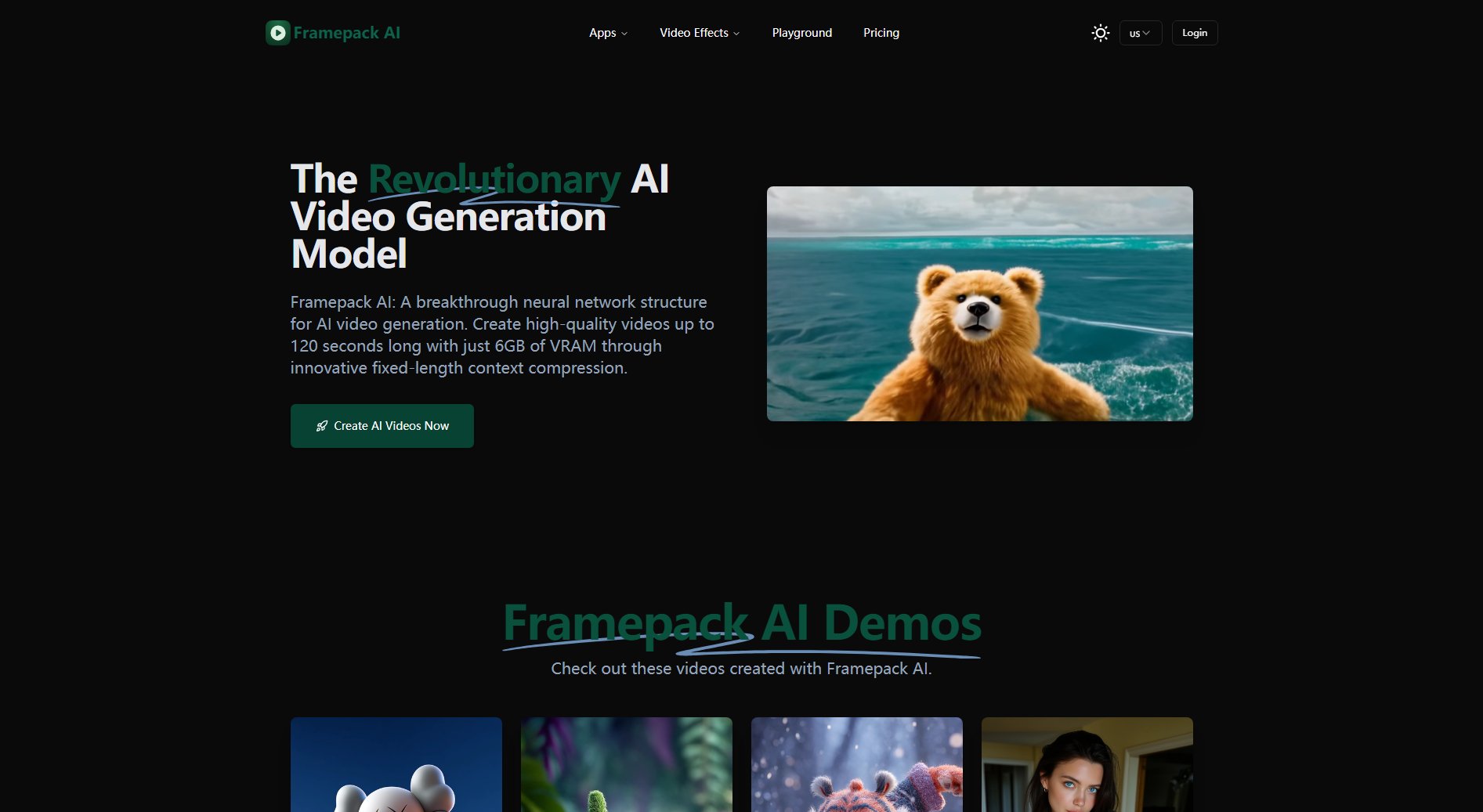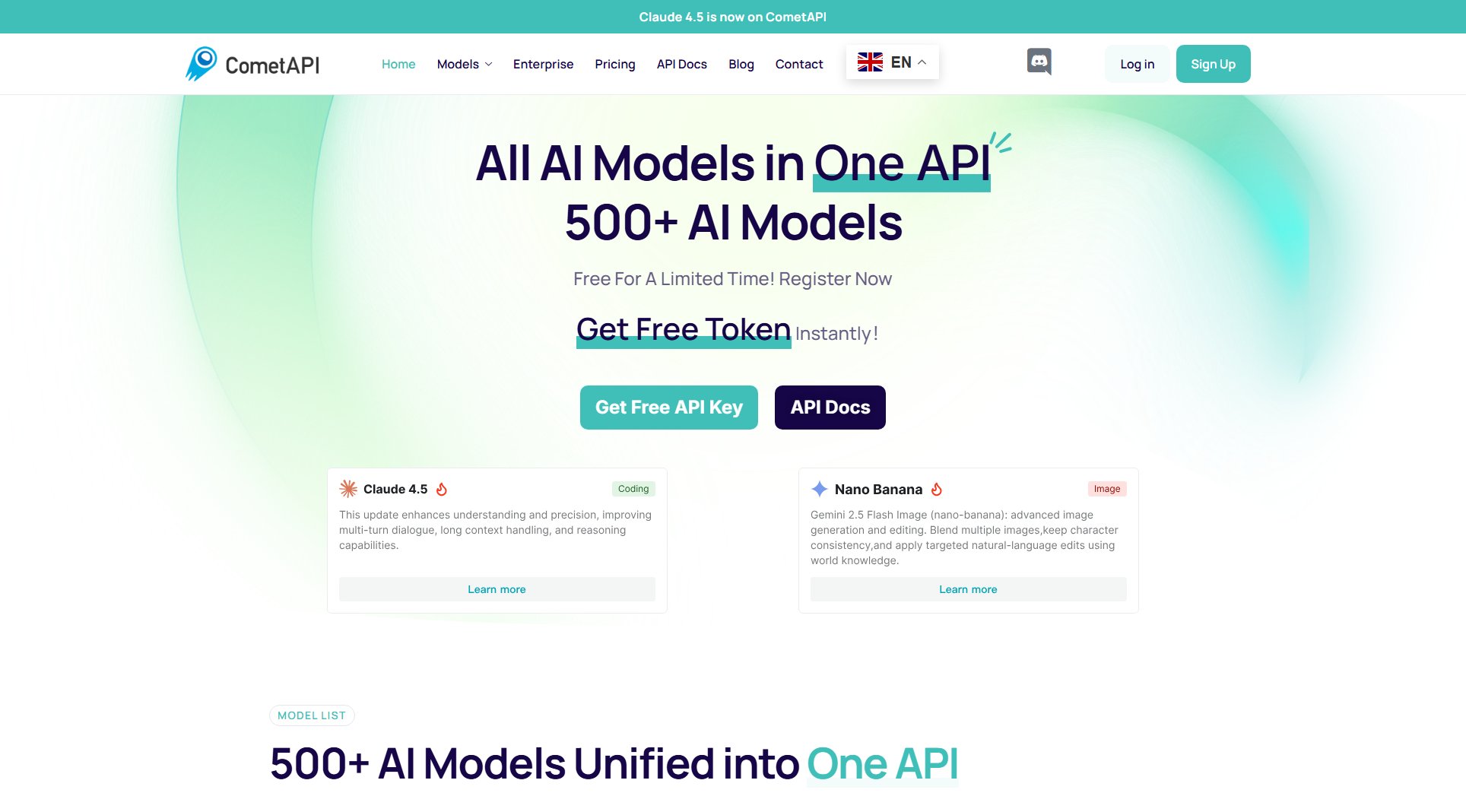CSI framework
Collaborative Semantic Inference for human-AI visual interaction
What is CSI framework? Complete Overview
The CSI (Collaborative Semantic Inference) framework is designed to bridge the gap between human decision-making and deep learning models by enabling visual collaboration. It addresses the critical issue of losing human agency in automated decision processes by making the reasoning of black-box models transparent and interactive. The framework exposes intermediate reasoning processes, allowing users to understand and control parts of the model's decision-making through semantic interactions with visual metaphors. Target users include researchers, data scientists, and professionals who rely on deep learning models but require transparency and control over automated processes. The framework is particularly useful in scenarios where explainability and human oversight are crucial, such as document summarization and other cognitive tasks.
CSI framework Interface & Screenshots
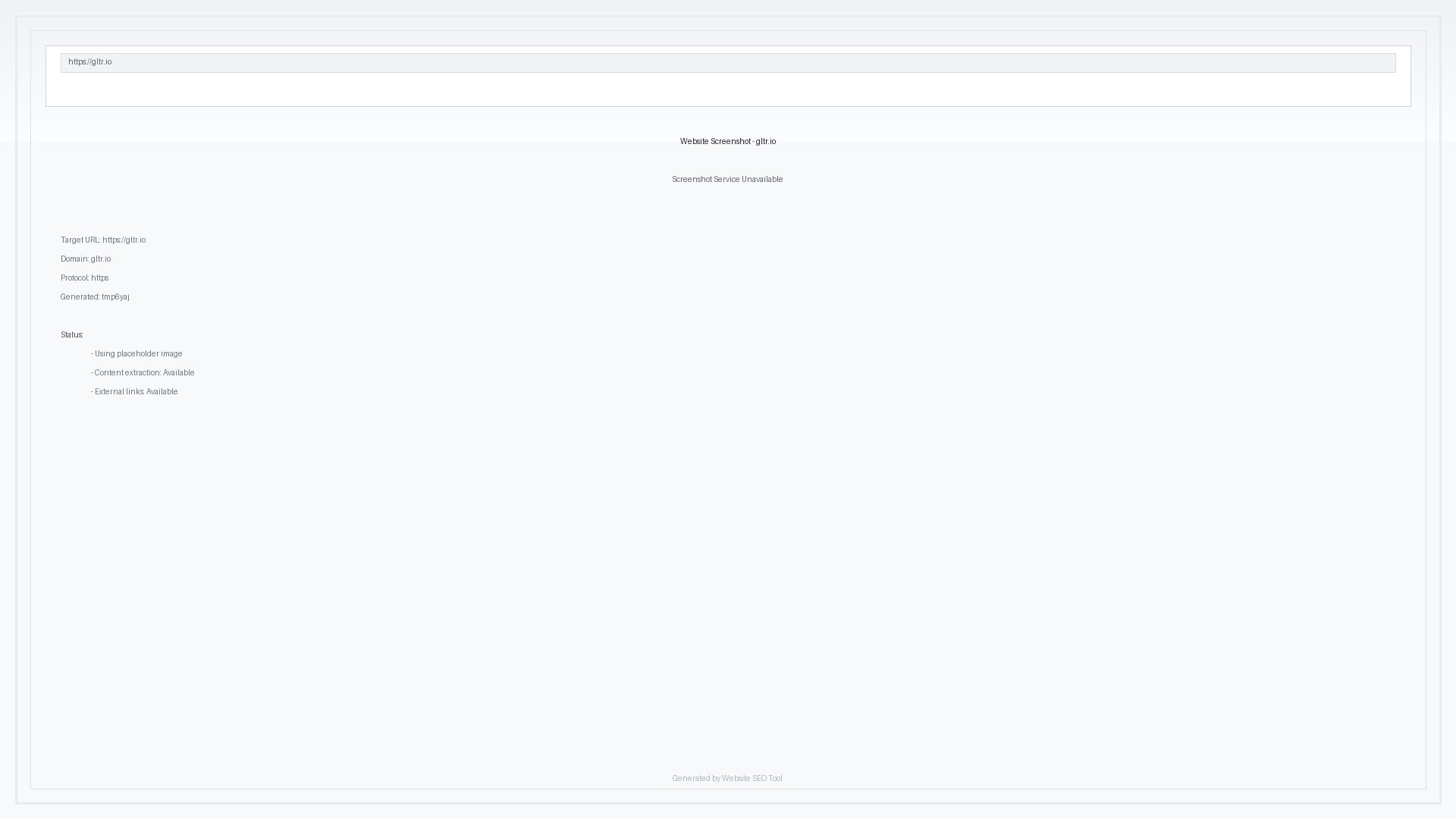
CSI framework Official screenshot of the tool interface
What Can CSI framework Do? Key Features
Transparent Reasoning
The CSI framework exposes the intermediate reasoning steps of deep learning models, making the decision-making process transparent. This allows users to see how conclusions are reached, enhancing trust and understanding.
Semantic Interaction
Users can interact with the model's reasoning process through visual metaphors, enabling them to influence and control parts of the decision-making. This feature ensures that human intuition and expertise remain integral to the process.
Co-Design of Models and Interfaces
The framework emphasizes the co-design of both the model structure and the visual interface, ensuring that interactions are intuitive and aligned with the user's cognitive processes.
Document Summarization Case Study
A practical implementation of the CSI framework is demonstrated through a document summarization system, showcasing how semantic interactions can improve the quality and controllability of automated summaries.
Visual Collaboration
The framework facilitates visual collaboration between humans and algorithms, allowing users to engage with the model's outputs in a meaningful and interpretable way.
Best CSI framework Use Cases & Applications
Document Summarization
In a document summarization task, the CSI framework allows users to see how the model selects key sentences and themes. Users can then adjust the summarization process by highlighting or de-emphasizing certain aspects, resulting in more accurate and relevant summaries.
Medical Diagnosis Support
Healthcare professionals can use the CSI framework to understand how a diagnostic model arrives at its conclusions. By interacting with the visual interface, they can validate or adjust the model's reasoning, ensuring diagnoses are both accurate and explainable.
Financial Risk Assessment
Financial analysts can leverage the CSI framework to explore how a risk assessment model evaluates different factors. The ability to interact with and adjust the model's reasoning ensures that risk assessments are transparent and aligned with expert judgment.
How to Use CSI framework: Step-by-Step Guide
Access the CSI framework interface through the provided web platform or integrate the framework into your existing deep learning models.
Upload or input the data you wish to analyze, such as documents for summarization or other cognitive tasks.
Interact with the visual interface to explore the model's intermediate reasoning steps and understand how decisions are being made.
Use the semantic interaction features to adjust or control parts of the model's reasoning process, ensuring the outputs align with your expectations and requirements.
Review the final outputs, which now reflect a collaborative effort between human intuition and algorithmic processing, and export or save the results as needed.
CSI framework Pros and Cons: Honest Review
Pros
Considerations
Is CSI framework Worth It? FAQ & Reviews
The main advantage is its ability to make deep learning models transparent and interactive, allowing users to understand and control the reasoning process, which is particularly valuable in high-stakes decision-making scenarios.
While the framework is designed to be intuitive, it is primarily aimed at researchers, data scientists, and professionals who have some familiarity with deep learning models and their applications.
Yes, the framework is designed to be integrated with existing deep learning models, enabling them to benefit from transparent reasoning and semantic interaction features.
The pricing details are not explicitly mentioned on the website. For more information, it is recommended to contact the developers directly.
You can refer to the preprint paper available on arXiv (https://arxiv.org/abs/1907.10739) for in-depth technical information and case studies.


